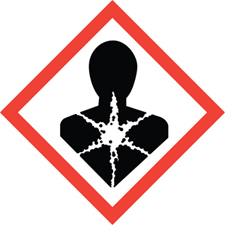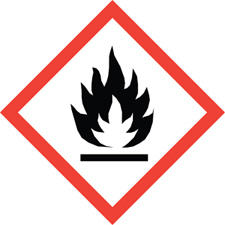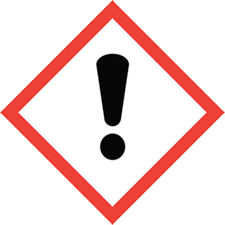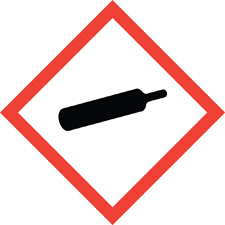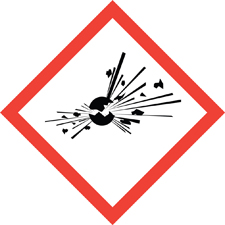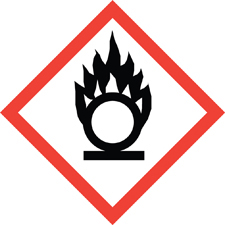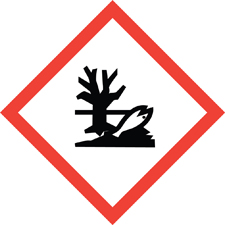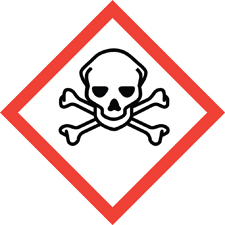What is the HCS (Hazard Communication Standard)?
According to the Occupational Safety and Health Administration (OSHA) the Hazard Communication Standard requires all employers to use proper signage to indicate hazardous substances and how to use them. A hazardous substance is any substance that can cause a health or physical hazard. This standard is often referred to as the HAZCOM standard or Employee Right-to-Know – 29 CFR 1910.1200. The purpose behind the proper signage comes down to 3 main points:
- 1.To provide a safe and healthy workplace when handling hazardous chemicals.
- 2.To train employees to recognize chemical hazards and protect themselves from exposure.
- 3.To provide a formal mechanism that identifies the chemical hazards in the workplace and the management/engineering controls necessary to protect workers from exposure.
It is the responsibility on the owner of the facility/business to provide the correct signage for each application as well as training for all employees .
Hazard Communication for Chemicals
All hazardous chemicals come with a material safety data sheet (MSDS). While these data sheets contain a lot of information, the symbols tend to be straight forward. Typically, It’s a pictogram or symbol with minimal text. If employees are properly trained to identify these symbols, they have a better chance of being safe in the workplace. The pictograms are required as part of the HCS.
Here are some of the commonly-used symbols you might encounter, and what they mean:
Health Hazard: The health hazard symbol features a
silhouette of a human torso with a six-pointed shape on the person’s chest.
|
|
Flame: The flame symbol means that a substance
presents a possible fire hazard.
|
|
Exclamation Mark: An exclamation point suggests
urgency, which is why it’s used to label substances that would immediately
cause a person harm.
|
|
Gas Cylinder: The gas cylinder pictogram is used to
label gasses under pressure. A gas is considered under pressure if it is at 29
pounds per square inch or more.
|
|
Corrosion: The pictogram symbolizing corrosion shows
a substance being poured onto a person’s hand (on the right) and what looks
like a metal pipe (on the left).
|
|
Exploding Bomb: Explosive materials are labeled with
a picture that looks like an exploding bomb. These materials are extremely
dangerous.
|
|
Flame Over Circle: Oxidizers are chemical compounds
that release oxygen when they react with another substance. Oxidizers are
chemicals that facilitate burning or make fires burn hotter and longer.
|
|
Environment: This pictogram looks like an upturned
fish on the shore next to a tree. This is the only one that is optional, so you
may not always see it on a chemical even if it is known to hurt fish or other
aquatic life.
|
|
Skull and Crossbones: The skull-and-crossbones is an
iconic image that, in this circumstance, means the chemical is poisonous, fatal
or toxic.
|
|
Browse thousands of Specific Hazard
communication signs
to find exactly what you need.
Recent Posts
-
Disinfecting Surfaces in the Era of Covid and EPA Registered Commercial Disinfectants and Viricides
The disinfection of surfaces at home, in public spaces, and in hospitals and clinics needs to be a …15th Jan 2023 -
Working with Inorganic Acids in the Laboratory: A Practical Guide
Working with Inorganic Acids in the Laboratory Acids are of great importance in the laboratory and a …5th Jan 2023 -
The Top 12 Drinking Water Contaminants
1.Lead- from older plumbing systems pre-1986, when lead pipes, solder, and components were banned. …14th Dec 2022

